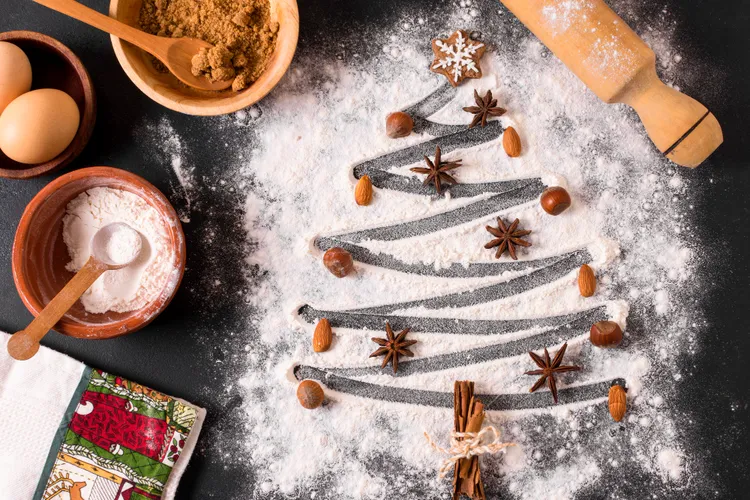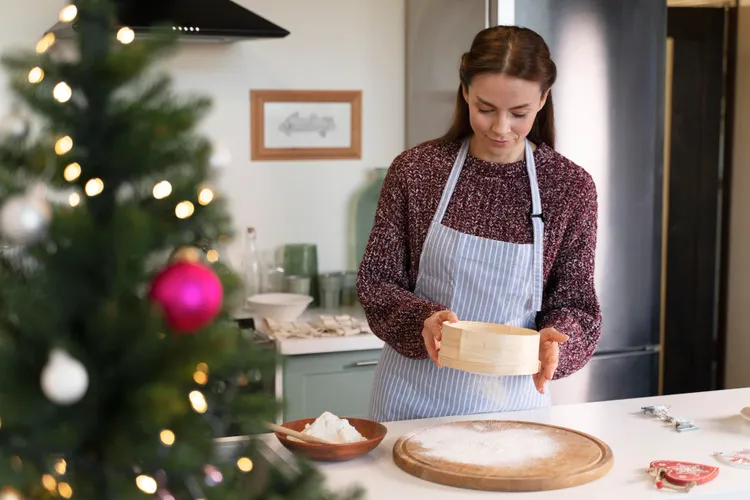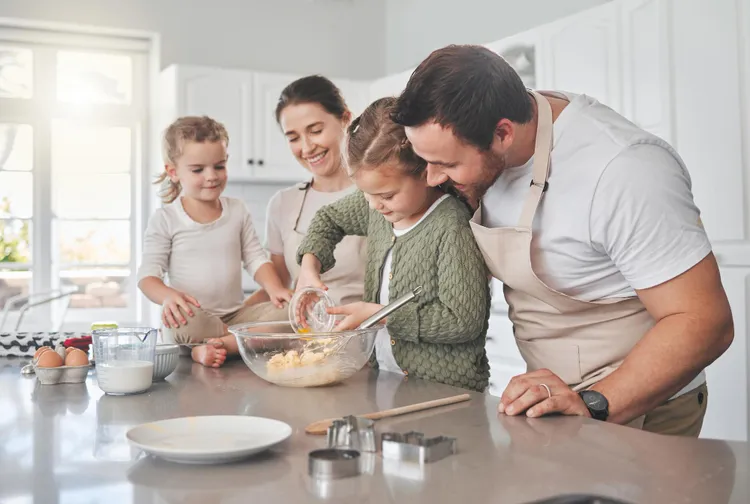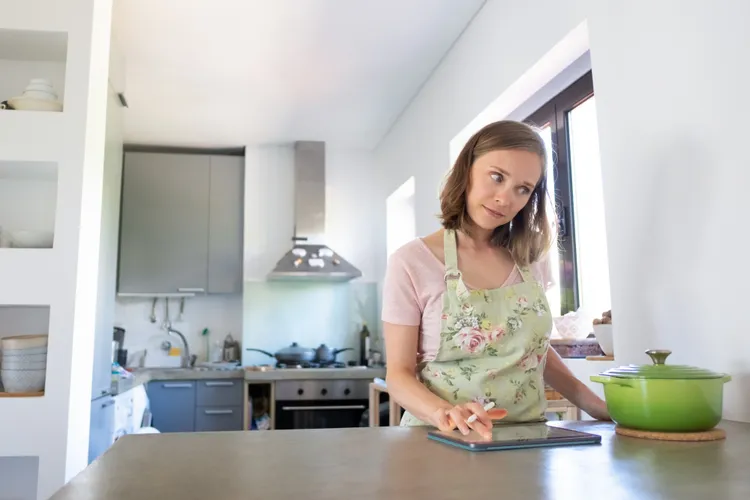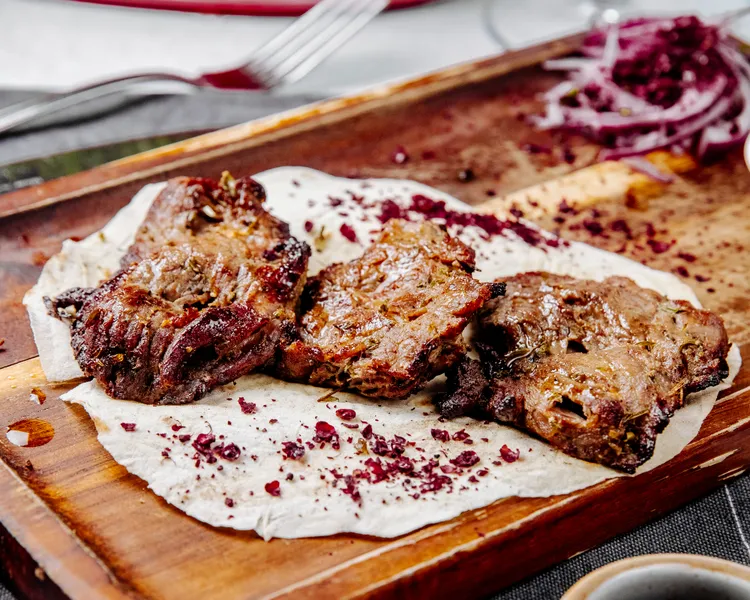Guide to the Best Cooking Methods for Each Chicken Part
Chicken is a staple in family kitchens around the globe, celebrated for its versatility, affordability, and ability to absorb a wide range of flavors. However, not all chicken parts are created equal - each cut has unique characteristics that shine when prepared with the right cooking method. Whether you’re working with a whole chicken or specific cuts, mastering the best cooking techniques for each part ensures juicy, flavorful results every time. Let's uncover the best cooking methods for each chicken part - breasts, wings, thighs, drumsticks, and breasts - along with tips, seasoning ideas, and family-friendly recipes to inspire your next meal.

Why Cooking Method Matters for Chicken Parts
Chicken is a lean protein that can be prepared in a variety of ways, but different parts vary in fat content, texture, and bone structure, which directly impacts the best way to cook them:
- Bone-in vs. Boneless: Bone-in cuts retain more moisture and flavor but take longer to cook, while boneless cuts cook quickly but can dry out if overdone.
- Fat Content: Dark meat (thighs, drumsticks) is richer and more forgiving, while white meat (breasts) is leaner and prone to drying out.
- Texture: Wings have lots of skin for crispiness, while thighs offer a tender, juicy bite.
By tailoring the cooking method to the specific part, you can maximize flavor, texture, and juiciness while keeping your family’s taste preferences in mind. Let’s break down the best cooking methods for each chicken part, with practical tips and recipes to make your meals unforgettable.
- Chicken Breasts
Characteristics
Chicken breasts are lean, white meat with a mild flavor. They’re versatile but can become dry if overcooked. Available boneless or bone-in, skinless or skin-on, they’re a favorite for quick family meals.
Best Cooking Methods
- Pan-Seared (Boneless): Searing boneless breasts in a hot skillet creates a golden crust while keeping the inside juicy. Finish in the oven for thicker cuts to ensure even cooking.
- Why It Works: High heat locks in juices, and a quick cook time prevents drying out.
- How To: Heat a skillet with oil over medium-high heat. Season breasts with salt, pepper, and spices (e.g., paprika or garlic powder). Sear 4-5 minutes per side until internal temperature reaches 165°F (74°C).
- Poaching (Boneless): Gently simmering breasts in broth or water keeps them moist and tender, perfect for salads or sandwiches.
- Why It Works: Low, gentle heat prevents overcooking and infuses flavor.
- How To: Submerge breasts in simmering broth with aromatics (e.g., bay leaves, onion). Cook 10-15 minutes until 165°F (74°C).
- Roasting (Bone-In, Skin-On): Roasting bone-in breasts at moderate heat yields crispy skin and juicy meat.
- Why It Works: The bone and skin protect the meat from drying out.
- How To: Preheat oven to 375°F (190°C). Rub breasts with oil, salt, and herbs (e.g., rosemary). Roast 35-45 minutes until 165°F (74°C).
Tips for Success
- Pound for Even Thickness: Pound boneless breasts to an even thickness for uniform cooking.
- Brine for Juiciness: Soak breasts in a saltwater solution (1/4 cup salt per quart of water) for 30 minutes before cooking.
- Use a Thermometer: Avoid overcooking by checking for 165°F (74°C) at the thickest part.
Seasoning Ideas
- Italian: Olive oil, garlic, basil, and oregano.
- Mexican: Lime juice, chili powder, and cumin.
- Lemon-Herb: Lemon zest, thyme, and parsley.
- Chicken Thighs
Characteristics
Chicken thighs are dark meat, rich in flavor and fat, making them juicy and forgiving. Available bone-in or boneless, skin-on or skinless, they’re ideal for bold flavors and longer cooking times.
Best Cooking Methods
- Braising (Bone-In or Boneless): Slow-cooking thighs in a flavorful liquid (e.g., broth, wine, or tomato sauce) results in fall-apart tender meat.
- Why It Works: The fat and connective tissue break down slowly, creating a melt-in-your-mouth texture.
- How To: Sear thighs in a Dutch oven, then add liquid (e.g., 1 cup broth) and aromatics (e.g., onions, garlic). Simmer covered on low heat or bake at 325°F (163°C) for 45-60 minutes.
- Grilling (Boneless): Grilling boneless thighs gives a smoky, charred flavor while keeping them juicy.
- Why It Works: The higher fat content prevents drying out over high heat.
- How To: Marinate thighs in oil, soy sauce, and spices for 30 minutes. Grill over medium-high heat for 5-7 minutes per side until 165°F (74°C).
- Roasting (Bone-In, Skin-On): Roasting thighs at high heat crisps the skin while keeping the meat succulent.
- Why It Works: The skin renders fat, basting the meat as it cooks.
- How To: Preheat oven to 425°F (218°C). Season thighs with salt, pepper, and paprika. Roast 35-40 minutes until 165°F (74°C).
Tips for Success
- Trim Excess Fat: Remove excess skin or fat to avoid greasiness, but keep some for flavor.
- Marinate for Flavor: Thighs love bold marinades like soy sauce, honey, or barbecue sauce.
- Crisp the Skin: Pat skin dry before roasting or searing for maximum crispiness.
Seasoning Ideas
- BBQ: Brown sugar, smoked paprika, and garlic powder.
- Asian: Soy sauce, ginger, and sesame oil.
- Mediterranean: Olive oil, oregano, and lemon.
- Chicken Drumsticks
Characteristics
Drumsticks are dark meat, bone-in, and skin-on, offering a rich flavor and juicy texture. They’re budget-friendly and a kid favorite due to their built-in “handle.”
Best Cooking Methods
- Baking/Roasting: High-heat roasting creates crispy skin and tender meat, perfect for family dinners.
- Why It Works: Even heat cooks the meat through while crisping the skin.
- How To: Preheat oven to 400°F (204°C). Toss drumsticks with oil, salt, and spices (e.g., cumin). Bake 40-45 minutes, flipping halfway, until 165°F (74°C).
- Grilling: Grilling drumsticks imparts smoky flavor and charred marks.
- Why It Works: The skin crisps up, and the meat stays juicy over indirect heat.
- How To: Grill over medium heat, turning occasionally, for 25-30 minutes until 165°F (74°C). Move to indirect heat if skin chars too quickly.
- Slow Cooking: Slow cooking drumsticks in sauce makes them fall-off-the-bone tender.
- Why It Works: Low heat breaks down connective tissue for a melt-in-your-mouth texture.
- How To: Place drumsticks in a slow cooker with sauce (e.g., BBQ or buffalo). Cook on low for 6-8 hours.
Tips for Success
- Score the Skin: Make shallow cuts in the skin to help fat render and seasonings penetrate.
- Use a Rack: Bake drumsticks on a wire rack to allow air circulation for crispy skin.
- Sauce at the End: Add sticky sauces (e.g., BBQ) in the last 5-10 minutes of cooking to avoid burning.
Seasoning Ideas
- Spicy: Cayenne, chili powder, and garlic.
- Sweet: Honey, mustard, and thyme.
- Jerk: Allspice, scotch bonnet, and green onions.
- Chicken Wings
Characteristics
Wings are small, bone-in, skin-on cuts with a high skin-to-meat ratio, making them ideal for crispy, flavorful dishes. They’re a crowd-pleaser for game nights or casual family dinners.
Best Cooking Methods
- Frying: Deep-frying wings creates the ultimate crispy, golden skin.
- Why It Works: Hot oil cooks the skin quickly, locking in moisture.
- How To: Heat oil to 375°F (190°C). Fry wings for 8-10 minutes until 165°F (74°C). Toss in sauce (e.g., buffalo or teriyaki).
- Baking: Baking wings at high heat mimics frying with less mess.
- Why It Works: High heat renders fat, crisping the skin without oil.
- How To: Preheat oven to 425°F (218°C). Toss wings with baking powder, salt, and pepper. Bake on a rack for 40-50 minutes, flipping halfway.
- Air Frying: Air frying delivers crispy wings with less oil than deep frying.
- Why It Works: Circulating hot air crisps the skin evenly.
- How To: Preheat air fryer to 400°F (204°C). Cook wings with a light oil spray for 20-25 minutes, shaking halfway.
Tips for Success
- Baking Powder Trick: Toss wings in baking powder for extra crispy baked or air-fried wings (it changes the skin’s pH for crispiness).
- Dry Thoroughly: Pat wings dry to remove moisture for better crispiness.
- Sauce Separately: Serve sauce on the side for picky eaters or to keep wings from getting soggy.
Seasoning Ideas
- Buffalo: Hot sauce, butter, and vinegar.
- Garlic Parmesan: Garlic, butter, and grated Parmesan.
- Asian: Hoisin, soy sauce, and sesame seeds.
- Whole Chicken
Characteristics
A whole chicken includes all parts, offering a mix of white and dark meat. It’s economical and perfect for family feasts, but requires careful cooking to balance the different cuts.
Best Cooking Methods
- Roasting: Roasting a whole chicken delivers crispy skin and juicy meat, ideal for Sunday dinners.
- Why It Works: Even heat cooks the bird through, and the cavity allows seasoning inside.
- How To: Preheat oven to 375°F (190°C). Rub chicken with oil, salt, and herbs (e.g., thyme). Roast 1.5-2 hours until breast is 165°F (74°C) and thigh is 175°F (79°C).
- Spatchcocking (Butterflied and Roasted): Flattening the chicken by removing the backbone speeds up cooking and ensures even browning.
- Why It Works: The flat shape cooks faster and crisps the skin evenly.
- How To: Cut out backbone, flatten chicken, and season. Roast at 425°F (218°C) for 45-60 minutes.
- Slow Cooking: Slow-cooking a whole chicken with vegetables makes tender, flavorful meat with minimal effort.
- Why It Works: Low heat keeps the meat moist and infuses it with broth flavors.
- How To: Place chicken in a slow cooker with onions, carrots, and 1 cup broth. Cook on low for 6-8 hours.
Tips for Success
- Truss for Even Cooking: Tie legs together and tuck wings under to prevent burning.
- Rest Before Carving: Let the chicken rest 10-15 minutes after cooking to redistribute juices.
- Use Drippings: Make gravy or sauce from pan juices for extra flavor.
Seasoning Ideas
- Classic: Salt, pepper, rosemary, and lemon.
- Moroccan: Cumin, coriander, and cinnamon.
- Herb Butter: Butter, parsley, and garlic under the skin.
General Tips for Cooking Chicken
- Safety First: Always cook chicken to an internal temperature of at least 165°F (74°C) to ensure it’s safe to eat.
- Resting Time: Let chicken rest 5-10 minutes after cooking to lock in juices.
- Batch Prep: Cook extra chicken parts for meal prep - shredded thighs or breasts are great for tacos, soups, or salads.
- Kid-Friendly Flavors: Stick to familiar seasonings like garlic, honey, or BBQ sauce for picky eaters, then branch out to bolder spices.
- Storage: Store cooked chicken in the fridge for up to 4 days or freeze for 3 months. Reheat gently to avoid drying out.
Health and Nutrition Considerations
- Skin On or Off: Keep the skin on during cooking for flavor, but remove it before eating to reduce fat and calories.
- Lean Choices: Breasts are the leanest, while thighs and thighs offer more fat and flavor.
- Portion Control: A serving is about 3-4 oz of cooked chicken (roughly the size of a deck of cards).
Cooking chicken is an art that becomes effortless when you match the right cooking method to each part. Whether you’re searing breasts for a quick weeknight meal, braising thighs for a cozy dinner, or roasting a whole chicken for a family feast, these techniques will help you achieve juicy, flavorful results every time. Experiment with seasonings, involve the family in prep, and let the versatility of chicken inspire your culinary creativity. With this guide, you’re well on your way to mastering chicken dishes that’ll have everyone at the table asking for seconds!
